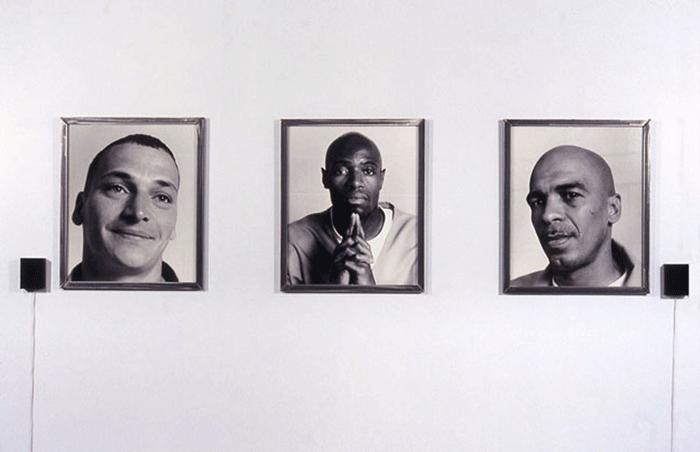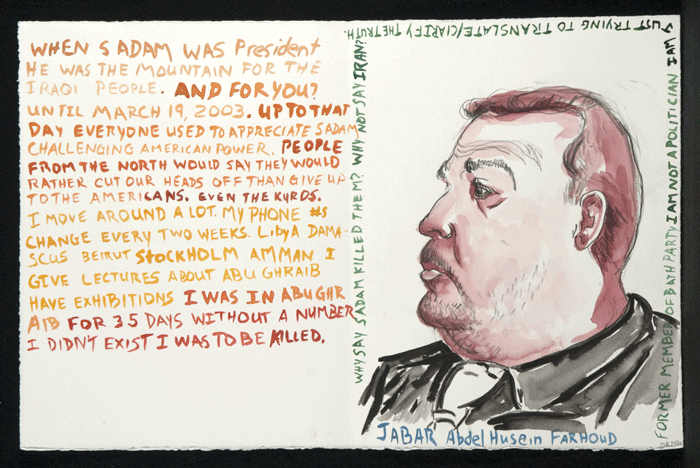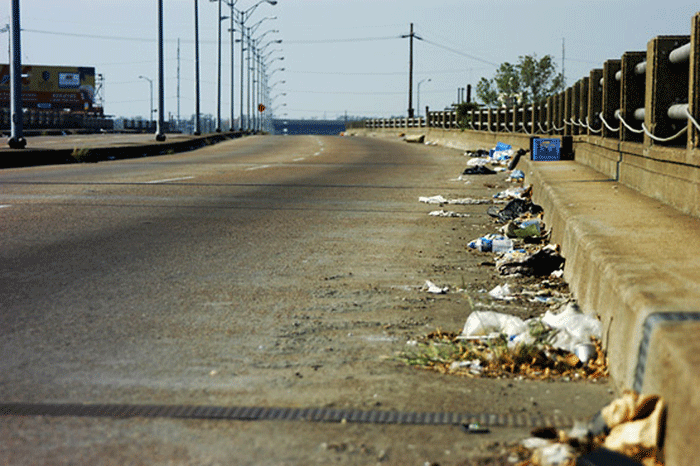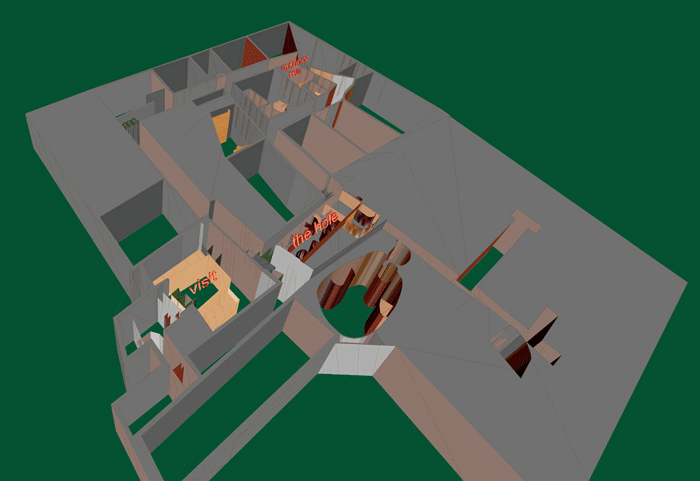Sound Off
November 5 - December 19, 2008 | BRIC Rotunda Gallery, Brooklyn, NY
Artists:
Daniel Heyman, Ashley Hunt, McCallum and Tarry, Jenny Polak, and Dread Scott
Co-curated with Jeanne Gerrity
Overview:
The works included in Sound Off give voice to marginalized individuals whose desires and opinions have been typically overlooked or intentionally ignored. Taking advantage of their privileged positions in society, the participating artists have elected to dedicate their time, resources, and creative skills to providing a platform from which others can be heard. Through crucial collaborations initiated by the artists, subjects such as prisoners, detainees, radicals, and displaced citizens become empowered.





Curatorial Statement:
The works included in Sound Off give voice to marginalized individuals whose desires and opinions have been typically overlooked or intentionally ignored. Taking advantage of their privileged positions in society, the participating artists have elected to dedicate their time, resources, and creative skills to providing a platform from which others can be heard. Through crucial collaborations initiated by the artists, subjects such as prisoners, detainees, radicals, and displaced citizens become empowered.
Daniel Heyman focused his recent art practice on representing the war in Iraq, specifically the abuse and torture of innocent Iraqi civilians. For a 2006 series of drawings, Heyman traveled to Turkey and Jordan where he met with 25 former detainees, tracing their portraits and recording their stories of treatment at the hands of American captors.
Artist Ashley Hunt's documentary video I Won't Drown on that Levee and You Ain't Gonna Break My Back (2006) investigates the handling of inmates abandoned in the New Orleans city prison during Hurricane Katrina. Prisoners whose records and cases were lost in the flood are being held indefinitely in facilities around the country, and even more citizens have been wrongly jailed in the aftermath. Hunt's video seeks to shed light on the American judicial system and bring justice to the underclass in New Orleans.
In Bradley McCallum and Jacqueline Tarry's work Endurance (2003), 26 homeless youths stood motionless on a street corner in Seattle for one hour each, in memory of their friends whose deaths resulted from life lived on the streets. Their gestures functioned as a silent eulogy to these individuals overlooked by society, as well as a quiet act of protest to the Seattle vagrancy law against loitering. McCallum and Tarry later reworked the performance into a video that compresses the 26-hour action into a two-hour recording. In the video, cars and pedestrians speed past the youth, while an accompanying audio track relays firsthand accounts of the difficult lives these young individuals have experienced on the streets.
In her web project Hard Place (2001), Jenny Polak, in collaboration with Lauren Gill, reveals subjective renderings of floor plans of undercover detention centers for the Immigration and Naturalization Service (now the U. S. Immigration and Customs Enforcement). Through interviews with former detainees, Polak amassed an extensive archive of drawings and audio testimonials that describe the internal structure of the centers. Presented on the web, this collection serves both as an educational tool and a testament to injustices that go unnoticed in our midst.
Dread Scott's project Lockdown (2004) is based on his view that the United States is currently defined by its criminal justice system. This series of black-and-white photographs with an accompanying audio of recorded interviews gives an individual face and story to several of the millions of inmates that are locked behind bars. By extricating them from anonymity, Scott exposes our oftentimes-warped justice system, and ultimately provides a much needed platform for discussion and debate.
Rather than asserting didactic positions, the projects in Sound Off are poetic and conceptual in nature and form. With physical and intellectual tools at their disposal, the artists have created aesthetic and compelling works borne from the art of storytelling and listening. They are at once political and personal—appealing not only to the viewers' sense of justice, but also to that of basic human empathy.
Press:
Daily News, Review by Joyce Shelby [pdf]